
Volkswagen Caravelle Estate (2003-2015) engines, drive and performance
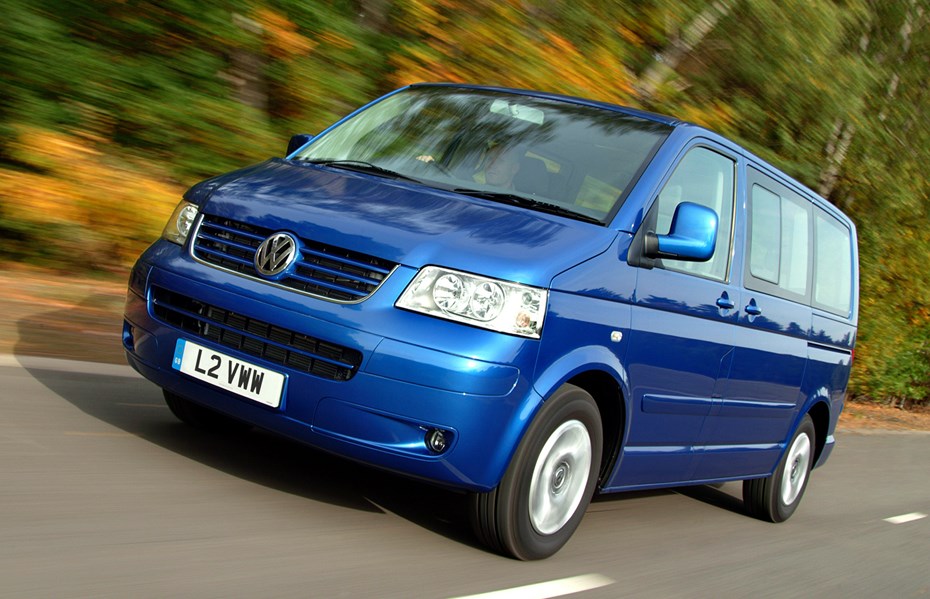
There’s a decent choice of engines in the Caravelle range starting with the 1.9 TDI with 102bhp. This engine is found across the Volkswagen range and has been well proven, but that doesn’t prevent it from being noisy and quite coarse. It struggles to shift the considerable bulk of the Volkswagen and takes a mammoth 18.9 seconds to get from 0-62mph, although it is the most economical choice with an average of 37mpg.
The more powerful and smoother 2.5 TDI is the most popular choice and is available in two different versions with either 130bhp or 174bhp. Both come with a six-speed manual while a Tiptronic automatic gearbox (also with six gears) is an option and favoured by most. The Caravelle feels much quicker when fitted with this engine and the more powerful version manages the 0-62mph sprint in 12.2 seconds and always feels willing with good pulling power.
Economy is reasonable too with 34mpg achievable with the manuals and around 29mpg with the automatics. Surprisingly there is a petrol version in the shape of a 3.2-litre V6 which has 235bhp. It’s a smooth and quiet engine which is available only with the automatic transmission. The 0-62mph benchmark takes a sprightly 10.5 seconds but economy suffers and it averages just 22mpg.
From behind the wheel, the Caravelle feels safe and composed in everyday driving and despite the size, it’s not intimidating to manoeuvre in town. That said, the steering is quite slow and requires more turns than you’d expect, so tackling twisting country roads isn’t particularly enjoyable. It’s far happier cruising along the motorway where it’s hushed and relaxing.
The one major gripe is the ride. It’s simply too firm unless you’ve got a full complement of passengers on board, which means it crashes over bumps which in turn sends vibrations through the cabin. Top models come with sports suspension which only exacerbates the problem. 4Motion models come with four-wheel drive which improves traction in slippery conditions.


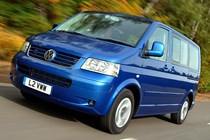
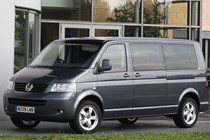
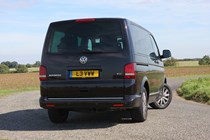
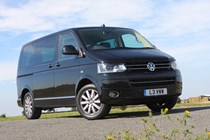
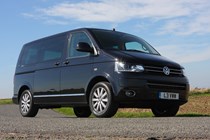

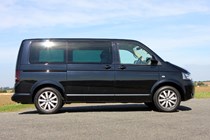
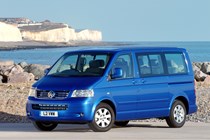
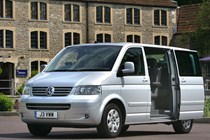
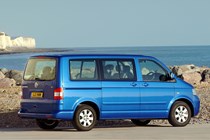
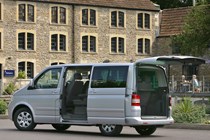
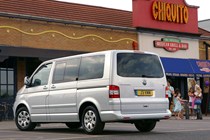
.jpg)
.jpg)
.jpg)
.jpg)
.jpg)
.jpg)
.jpg)
.jpg)
.jpg)
.jpg)
.jpg)
.jpg)
.jpg)
.jpg)

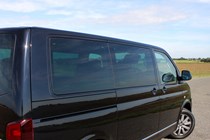
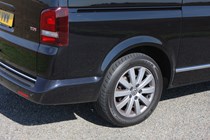
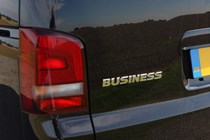
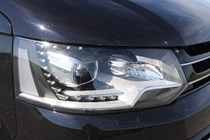
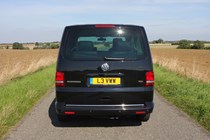
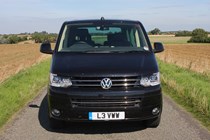
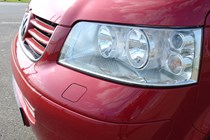
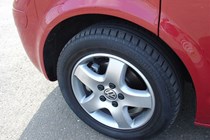
.jpg)
.jpg)
.jpg)
.jpg)
.jpg)
.jpg)
.jpg)
.jpg)
.jpg)
.jpg)
.jpg)
.jpg)
.jpg)
.jpg)
.jpg)
.jpg)
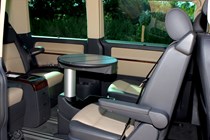
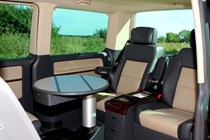
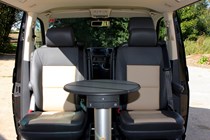
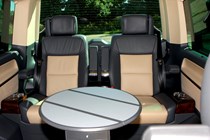
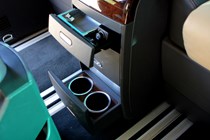
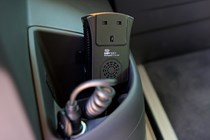
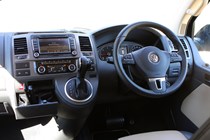
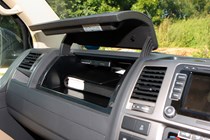
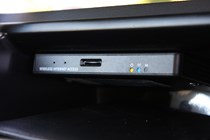
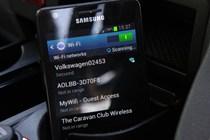

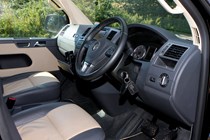
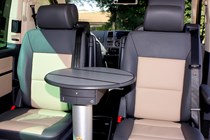
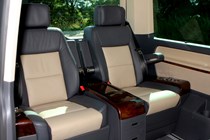
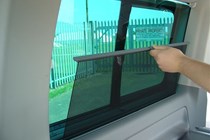
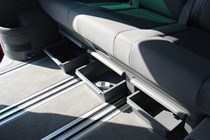


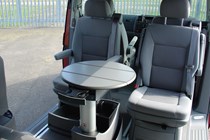
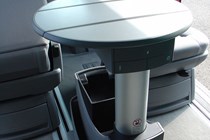
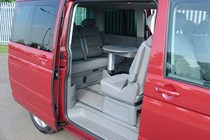
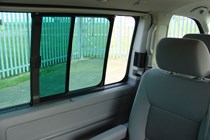
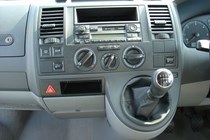
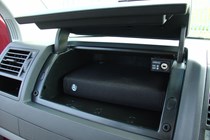
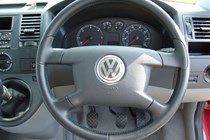
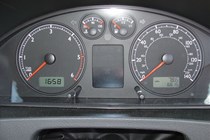
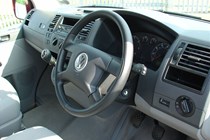
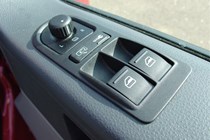
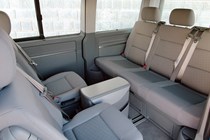

.jpg)
.jpg)
.jpg)
.jpg)
.jpg)
.jpg)
.jpg)
.jpg)
.jpg)
.jpg)
.jpg)
.jpg)
.jpg)
.jpg)
.jpg)
.jpg)
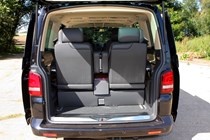
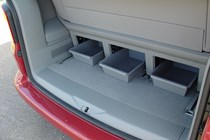
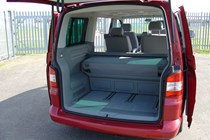
.jpg)
.jpg)
.jpg)
.jpg)
.jpg)
.jpg)
.jpg)
.jpg)
.jpg)
.jpg)
.jpg)












.jpg?quality=50)
.jpg?quality=50)
.jpg?quality=50)
.jpg?quality=50)
.jpg?quality=50)
.jpg?quality=50)
.jpg?quality=50)
.jpg?quality=50)
.jpg?quality=50)
.jpg?quality=50)
.jpg?quality=50)
.jpg?quality=50)
.jpg?quality=50)
.jpg?quality=50)









.jpg?quality=50)
.jpg?quality=50)
.jpg?quality=50)
.jpg?quality=50)
.jpg?quality=50)
.jpg?quality=50)
.jpg?quality=50)
.jpg?quality=50)
.jpg?quality=50)
.jpg?quality=50)
.jpg?quality=50)
.jpg?quality=50)
.jpg?quality=50)
.jpg?quality=50)
.jpg?quality=50)
.jpg?quality=50)






























.jpg?quality=50)
.jpg?quality=50)
.jpg?quality=50)
.jpg?quality=50)
.jpg?quality=50)
.jpg?quality=50)
.jpg?quality=50)
.jpg?quality=50)
.jpg?quality=50)
.jpg?quality=50)
.jpg?quality=50)
.jpg?quality=50)
.jpg?quality=50)
.jpg?quality=50)
.jpg?quality=50)
.jpg?quality=50)



.jpg?quality=50)
.jpg?quality=50)
.jpg?quality=50)
.jpg?quality=50)
.jpg?quality=50)
.jpg?quality=50)
.jpg?quality=50)
.jpg?quality=50)
.jpg?quality=50)
.jpg?quality=50)
.jpg?quality=50)